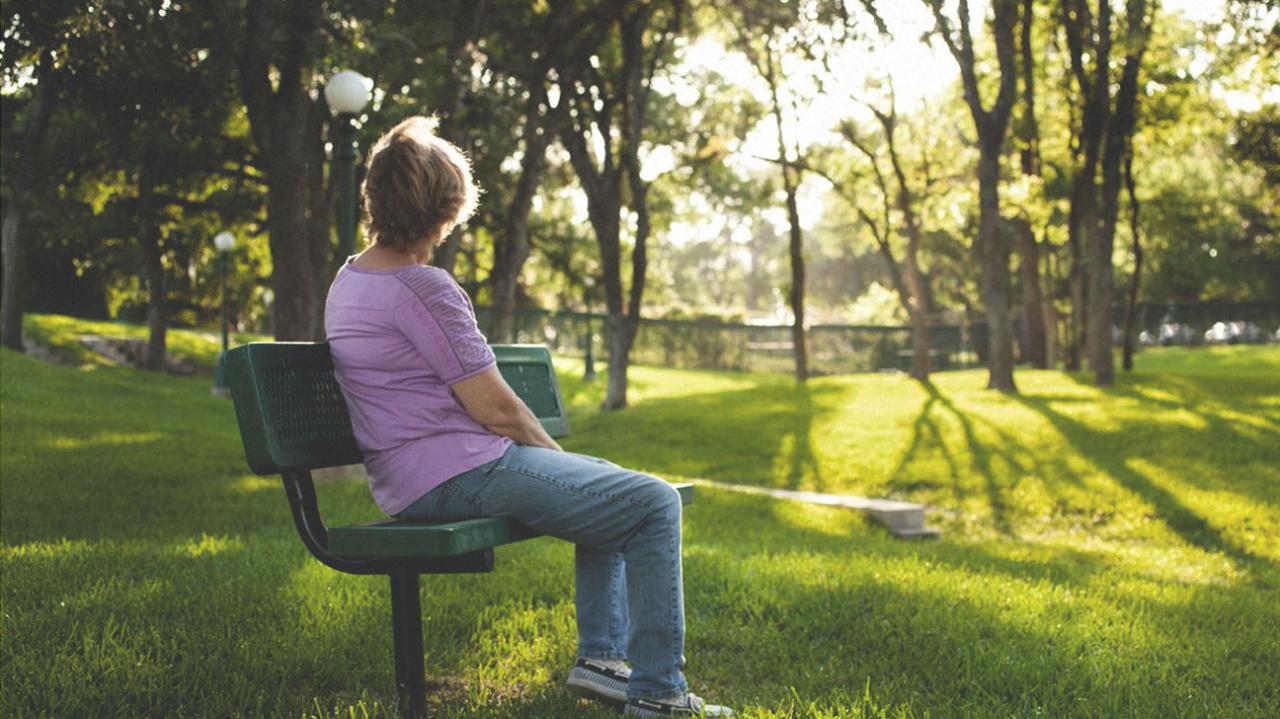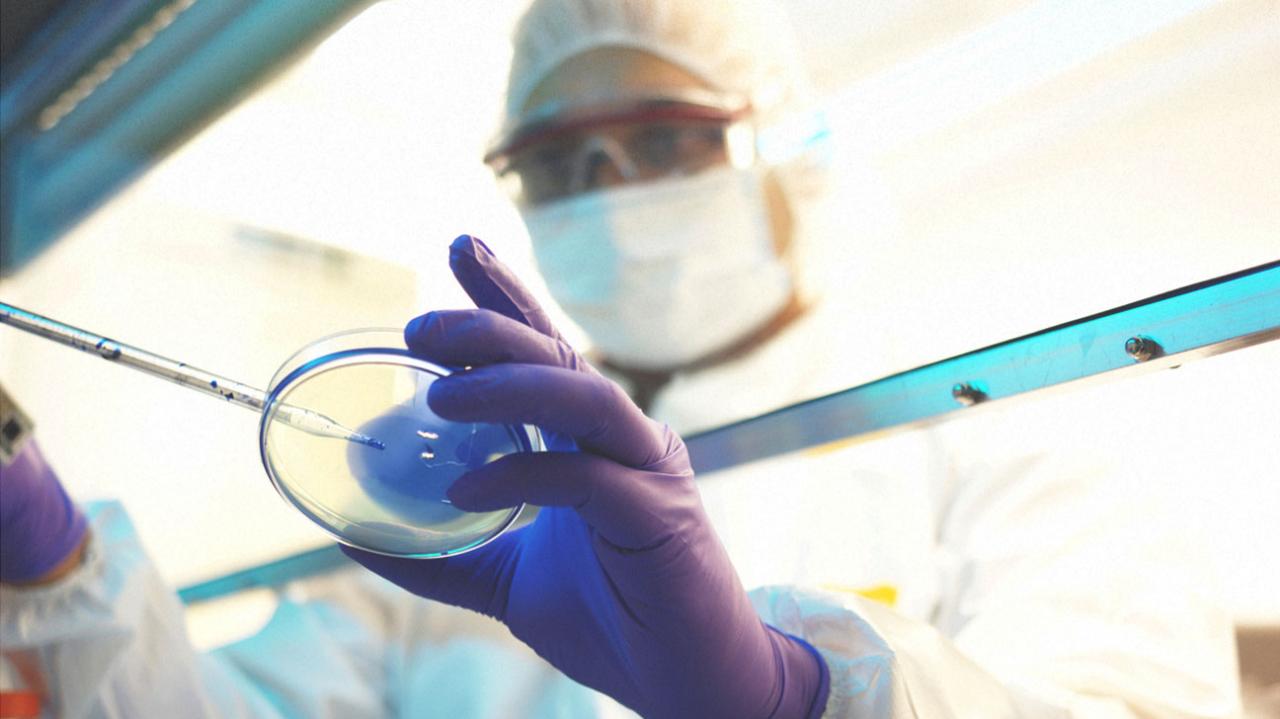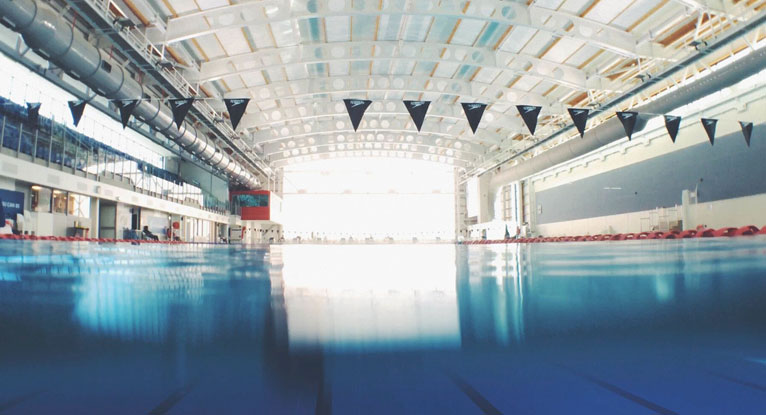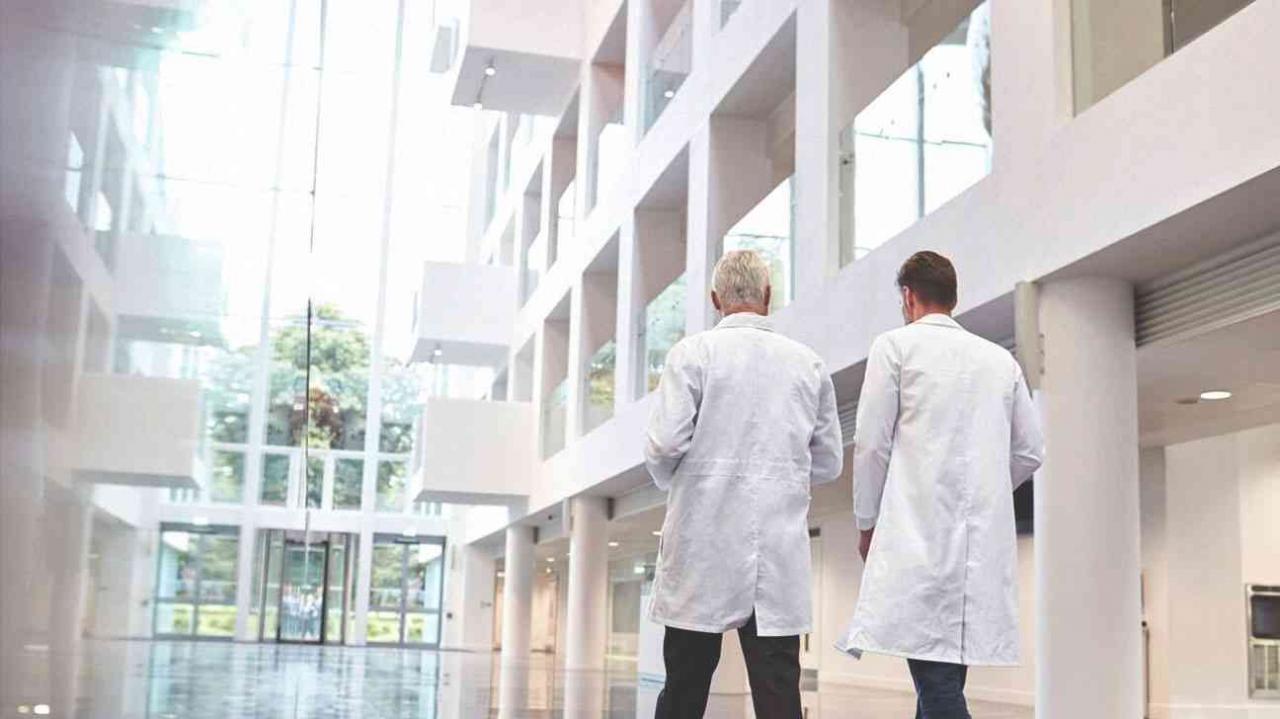Dr. Chris Renna talks with a patient about what to expect when you undergo Regenokine® Therapy
Missy: Hi Dr. Renna. About six years ago I went to see Dr. Wehling in Germany to have him inject my knee because my knee had severe osteoarthritis and I had had over eight knee surgeries, and I am an active person. I love to play tennis and I love to play golf and I had great results with the treatment.
I was thrilled, but now six years later, my knee has really been hurting me again this past year, and been inhibiting me from doing some of the activities that I love. So I am considering coming to you to have my knee injected once again, and I am also going to add my foot as well because that’s giving me a lot of problems with arthritis.
So can you tell me what you would do during the treatment and what to expect?
Dr. Renna: Sure, in fact, thanks for considering me. I know that you have a choice; you could go all the way to Germany or you could just go to LA but in doing the treatment for you it would be the same exact process for you as you experienced six years ago in Dr. Wehling’s clinic in Germany.
You would come in. We would have already seen your x-rays. We know your history. I would do a quick physical examination on your knee, in part to determine which areas had the most disturbance and also in part to find out where to inject.
Then we would very thoroughly clean the skin of your knee using clean but not sterile technique – no need. We would do the injection of your knee and you would be free to go.
Now as you know from having the injections in Germany, some people get a response the same day they get an injection and feel somewhat some relief. Others, it takes a little longer – more than one injection or the entire week, but after you leave my office you can do anything you want.
So coming for the treatments for Regenokine® is only about 30 minutes a day.
Missy: That sounds great. I have also noticed that I have had arthritis in my hands, just in the past year, both I think from tennis and golf – how do you actually treat arthritis in such a general area as your hands?
Dr. Renna: Sure, we do it pretty much one joint at a time and I think this is good news, bad news. For all women who have arthritis at the base of the thumb, and for most women who have arthritis in the big knuckles, in the big joints, this treatment is equally effective.
In other words it works just as well as if you had it in your knee or in your hip or in your elbow – any other joint. But the most common place for arthritis of the hand is in the very tip of the finger, that tip joint, and that joint is so small that it doesn’t really offer the opportunity for us to get enough of the serum into the joint for it to work very well.
So it’s the lowest response on the very fingertips. The other joints such as the knuckles of the fist or the base of the thumb, which is a very common place to have arthritic pain, they respond very well.
Missy: That sounds great. One other question that I had is what do you tell your patients both before having the procedure for preventative measures, as well as after the procedure regarding different ways that they can rehabilitate their injury?
Dr. Renna: Sure. Well we know there’s the contributing factors to the progression of osteoarthritis – in other words, not the cause. The cause is excess inflammation but the factors that make arthritis go faster or get worse sooner are aging, which we are all subject to that, being overweight and being inactive.
So what we do with every person that we do the injections for is we talk to them about their diet and we try and help them choose foods that are less inflammatory, perhaps than the ones that they are eating. We also try and encourage them to eat whole foods, organically grown when possible and organically selected in small quantities frequently through the day.
In season freshly prepared, those are always modifying factors but the bottom line is we give them dietary advice, we ask them to see a physical therapist after the injection series at least one time, though that the physical therapist can identify in them which muscles have been weakened by the arthritis and show them what exercises to do to strengthen them.
It turns out that the most effective way to exercise and restoring a weakened muscle by arthritis is through isometrics. But although we all think we know what isometrics mean, usually you need a physical therapist to demonstrate what that means to you and how to do it at that specific muscle because in your case the muscle is going to be in the middle part of your thigh and the back of your leg which is your hamstrings.
In the case of a hip it would be the buttocks or gluteal muscles. In the case of lower back, different muscles, shoulder… so it’s important to see that therapist at least one time.
Then we also encourage people once they begin feeling better and are strengthening themselves to do a little bit more exercise. As it turns out, exercise is very anti-inflammatory. So the more consistent exercise you do, the less inflammation you are going to have.






























Add a Comment1 Comments
Doesn't it really piss you off when they tell you eveything but the cost, as if that doesn't really matter?
July 6, 2012 - 2:10pmThis Comment